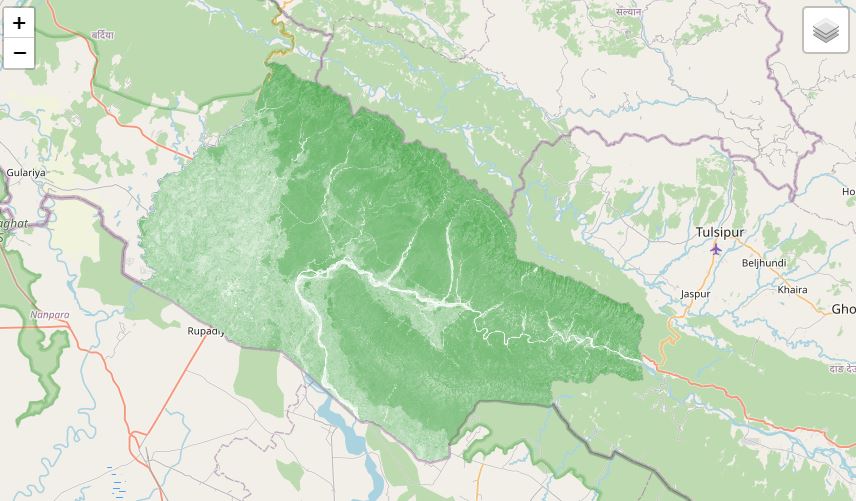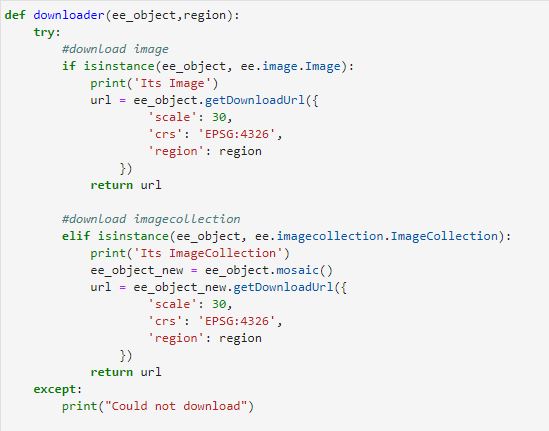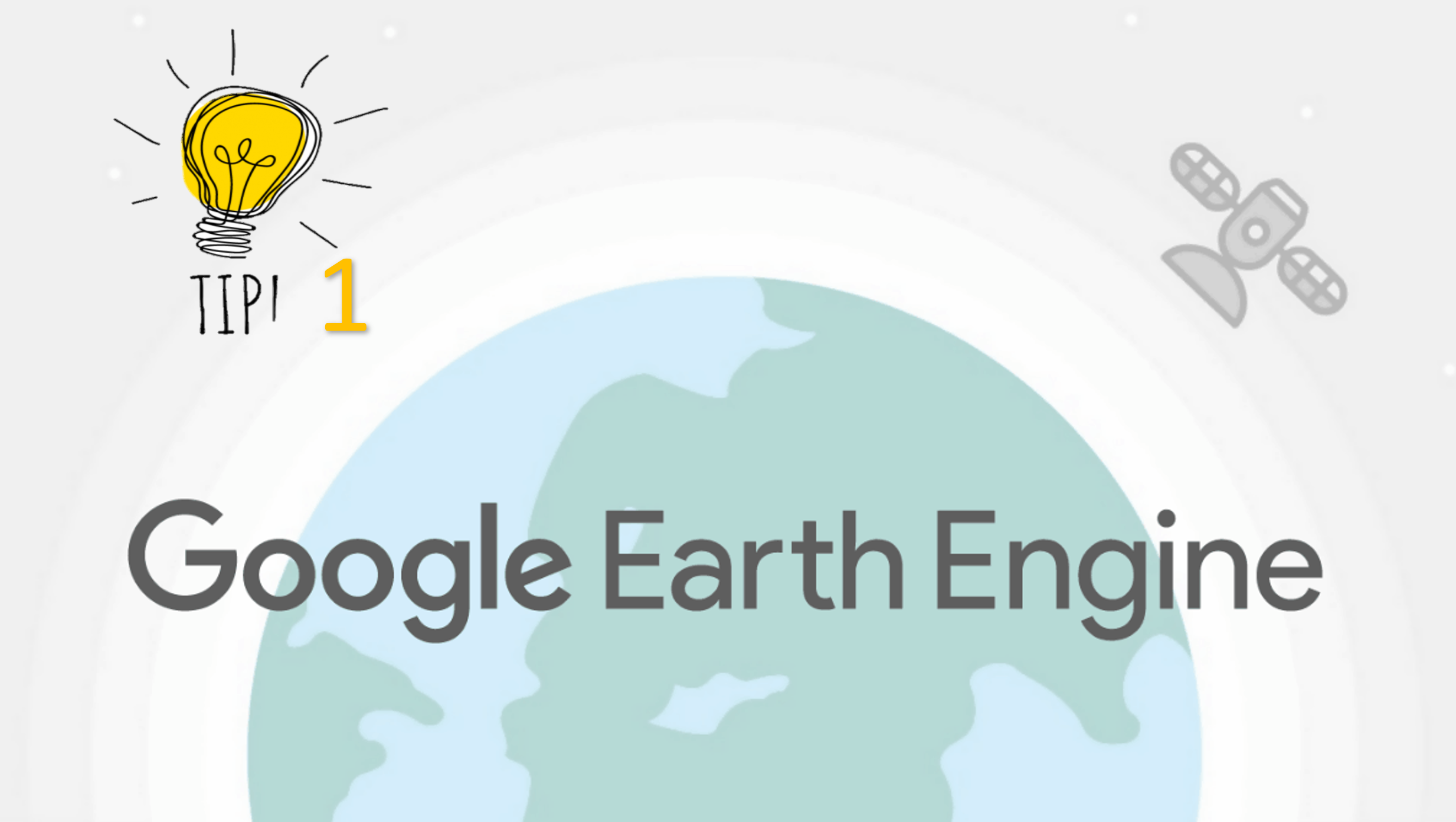Awesome facts about Satellites
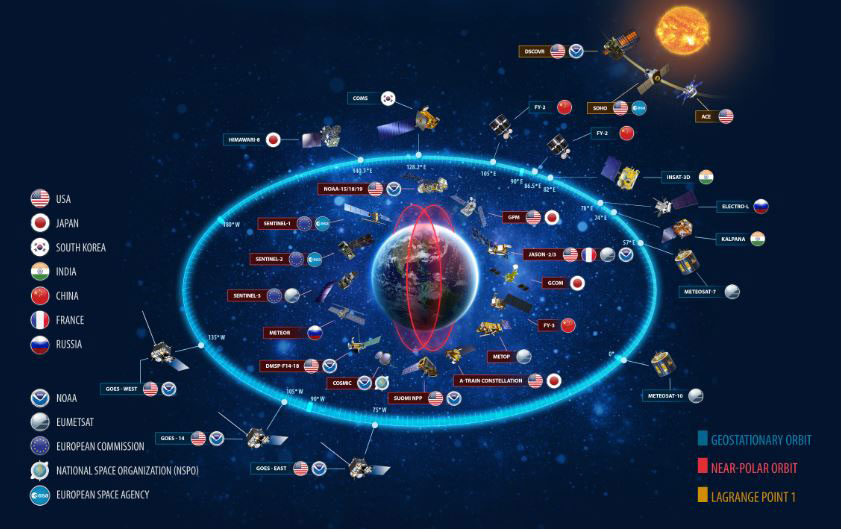
Published on May 20, 2021 | Bikesh Bade | 13011 Views
What is a Satellite?
Usually, the word "satellite" refers to a machine that is launched into space and moves around Earth or another body in space. A satellite is a moon, planet, or machine that orbits a planet or star. For example, Earth is a satellite because it orbits the sun. Likewise, the moon is a satellite because it orbits Earth.
Why Are Satellites Important?
The bird's-eye view that satellites have allows us to see large areas of Earth at one time. This ability means satellites can collect more data, more quickly, than instruments on the ground. Satellites also can see into space better than telescopes at Earth's surface. That's because satellites fly above the clouds, dust, and molecules in the atmosphere that can block the view from ground level. Before satellites, TV signals didn't go very far. TV signals only travel in straight lines. So they would quickly trail off into space instead of following Earth's curve. Sometimes mountains or tall buildings would block them. Phone calls to faraway places were also a problem. Setting up telephone wires over long distances or underwater is difficult and costs a lot.
What is the History of NASA Satellites?
Sputnik 1
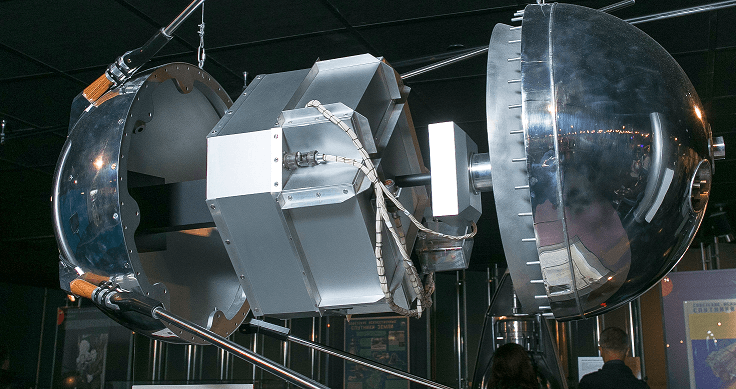
Sputnik 1 was the first artificial Earth satellite in space. It was launched into an elliptical low Earth orbit by the USSR on 4 October 1957 as part of the Soviet space program. It orbited for three weeks before its batteries died and then orbited silently for two months before it fell back into the atmosphere on the 4th January 1958.
Sputnik 2
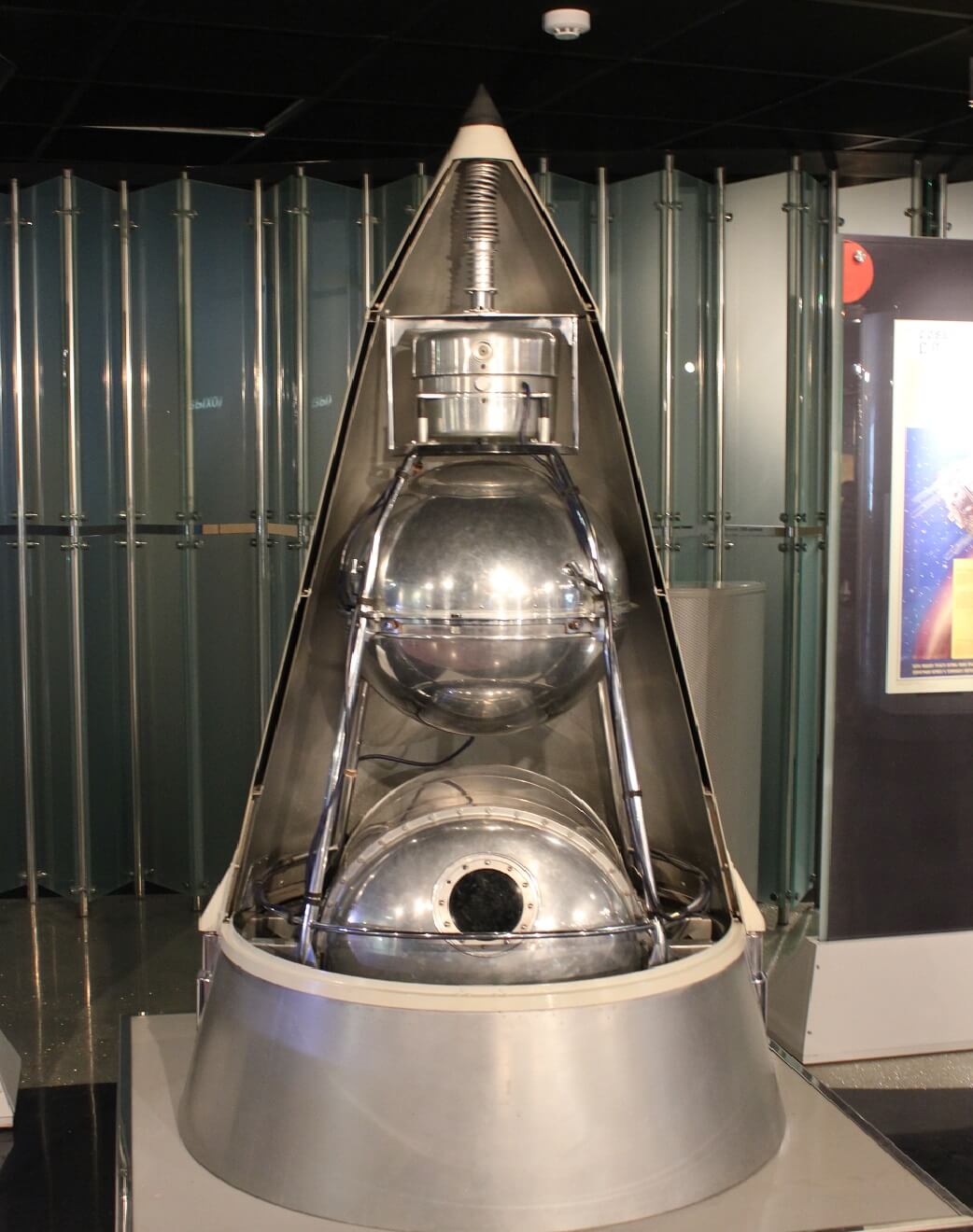
Sputnik 2 was Launched by the U.S.S.R on 3 November 1957. Sputnik 2 was a 4-meter-high (13 ft) cone-shaped capsule with a base diameter of 2 meters (6.6 ft) that weighed around 500 kilograms (1,100 lb), though it was not designed to separate from the rocket core that brought it to orbit, bringing the total mass in orbit to 7.79 tonnes (17,200 lb).[3] It contained several compartments for radio transmitters, a telemetry system, a programming unit, a regeneration and temperature control system for the cabin, and scientific instruments. A separate sealed cabin contained the dog Laika.
Explorer 1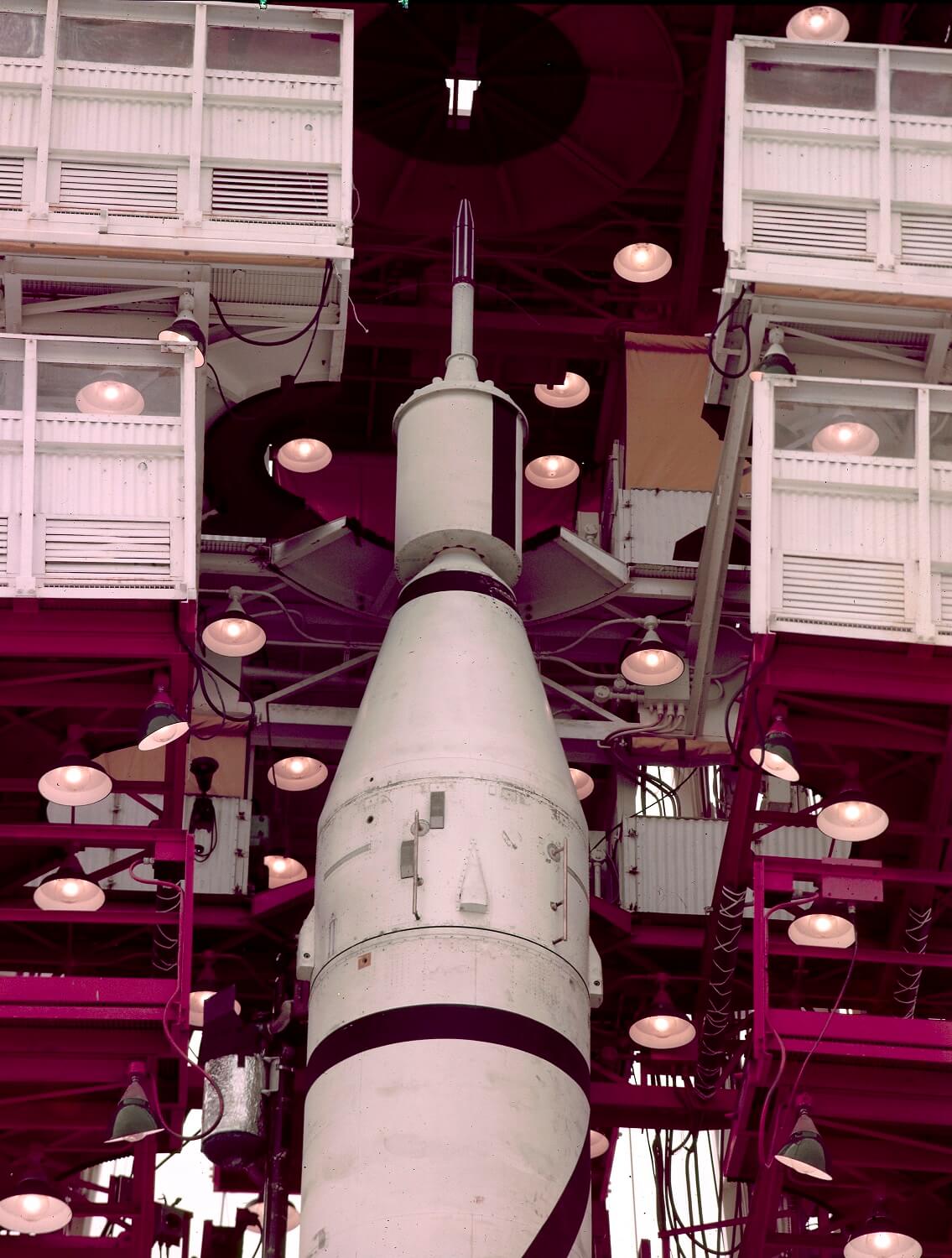
NASA has the first satellite launched into space, starting with the Explorer 1 satellite in 1958. It was the first spacecraft to detect the Van Allen radiation belt, returning data until its batteries were exhausted after nearly four months. It remained in orbit until 1970. Explorer 1 was designed and built by the California Institute of Technology's JPL under the direction of Dr. William H. Pickering. It was the second satellite to carry a mission payload (Sputnik 2 was the first). The total mass of the satellite was 13.97 kg (30.8 lb), of which 8.3 kg (18 lb) were instrumented.
How Do Satellites Orbit Earth?
Most satellites are launched into space on rockets. A satellite orbits Earth when its speed is balanced by the pull of Earth's gravity. Without this balance, the satellite would fly in a straight line off into space or fall back to Earth. Satellites orbit Earth at different heights, at different speeds, and along different paths.
Why Don't Satellites Crash Into Each Other?
International organizations and satellite owners keep track of satellites in space. Collisions are rare because when a satellite is launched, it is placed into an orbit designed to avoid other satellites. But orbits can change over time. And the chances of a crash increase as more and more satellites are launched into space. In February 2009, two communications satellites - one American and one Russian - collided in space. This, however, is believed to be the first time two man-made satellites have collided accidentally.
13 Awesome Facts about Satellite
- On October 4, 1957, the first man-made satellite, Sputnik 1, was launched into orbit by the USSR.
- Sputnik 1 (First Satellite) was about the size of a beach ball and took about 98 minutes to orbit the Earth. The word Sputnik means satellite. It continued transmitting for about 21 days.
- Every year October 4-10 is celebrated as International Space Week
- Currently, there are over 2,787 active artificial satellites orbiting the Earth
- Some Satellites travel at 18,000 miles per hour. That means in a given day, satellites can travel the entire circumference of the Earth about 14 times.
- Geostationary satellites orbit the equator in the same direction the earth rotates (west to east) and at the speed of the Earth’s rotation So it seems stationary in the sky
- 24 satellites make up the Global Positioning System, or GPS, enabling precise positions to be measured at any time.
- In February 2009, two communications satellites - one American and one Russian - collided in space. This, however, is believed to be the first time two man-made satellites have collided accidentally.
- Digital Globe has four satellites around the world at any given moment, ready to take instant pictures of world events.
- Vanguard-1 is the oldest man-made satellite still in orbit. It has orbited Earth for 62 years
- Many satellites have a working life of 10-15 years. When a satellite wears out and stops working, it sometimes falls back toward the earth and burns up in the earth's atmosphere. Other satellites continue to orbit the earth, known as space debris, or space junk.
- Some satellites are launched and operated by governments and scientific organizations. Others belong to private companies. Could you launch a satellite someday? Yes!
- The largest satellite that orbit the Earth is Internation Space Station
Check out the video on youtube at Click here

